Are Holy Basil And Thai Basil The Same? Find Out Once And For All!
Think you know basil? Think again. Discover the fascinating world of Holy Basil and Thai Basil and step up your culinary game!
Herbs have been an integral part of the culinary world, lending their unique flavors and aromas to dishes from around the globe. Among them, Holy Basil (Ocimum tenuiflorum) and Thai Basil (Ocimum basilicum var. thyrsiflora) are two popular herbs that are frequently used in cooking, but are they actually the same?
Well, let’s find out!
First, let's take a closer look at the origins and characteristics of each herb.
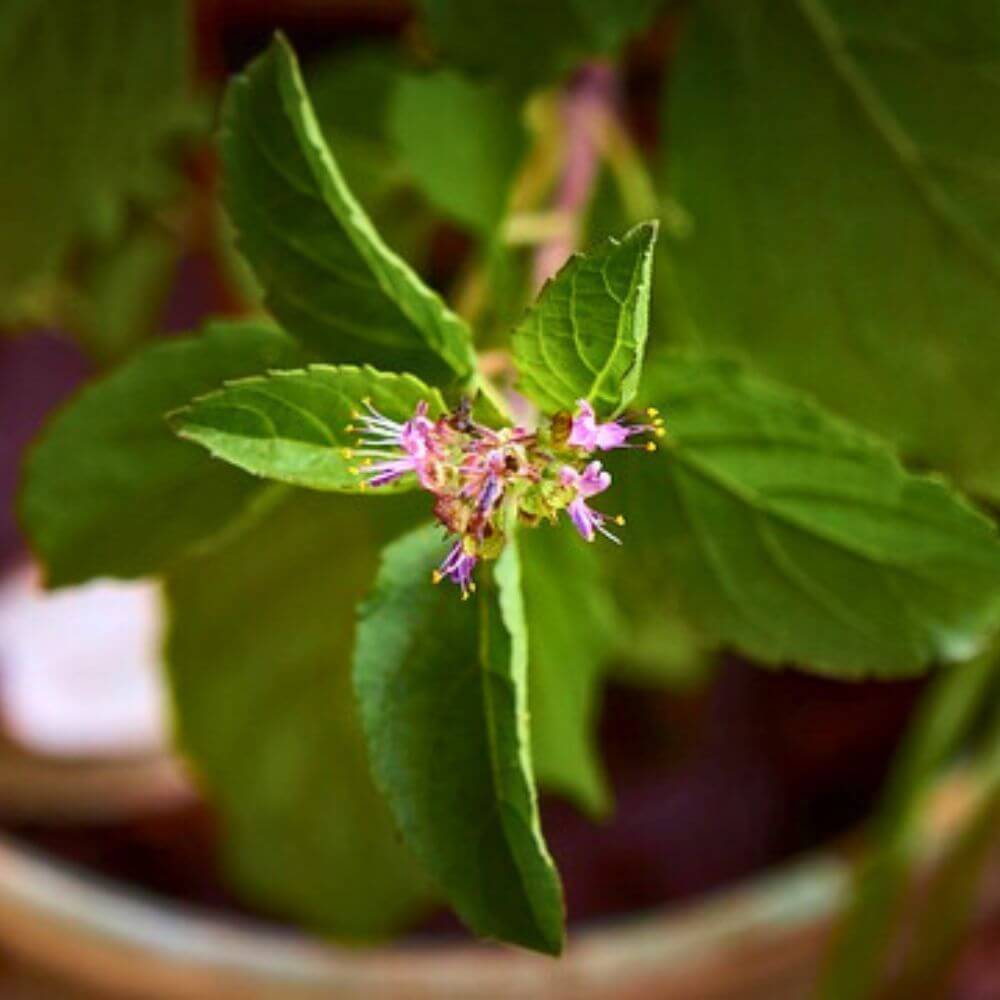
The Origins and Characteristics of Holy Basil
Holy Basil, also known as Tulsi, is a plant species that originated from India and Southeast Asia. In India, it has been valued for centuries in Ayurvedic medicine to treat a variety of ailments, from stress and anxiety to respiratory infections and fevers, and is considered a sacred herb in Hinduism.
It is believed to have purifying and protective properties and is often used in Hindu religious ceremonies. Holy Basil grows up to 60cm in height and has a woody stem.
The leaves of this herb are green but sometimes purplish-red and have a slightly hairy appearance. The aroma of Holy Basil is somewhat peppery and spicy with a hint of clove. It is most commonly used in Thai, Vietnamese, and Indian cuisine, but its popularity is spreading worldwide.
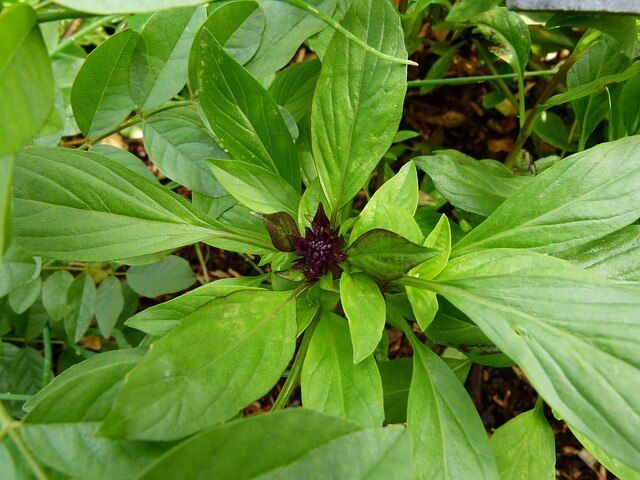
The Origins and Characteristics of Thai Basil
Thai Basil, on the other hand, is a cultivar of Sweet Basil and is also known as the "Queen of Thai Herbs." It is believed to have originated in Southeast Asia, where it is a popular herb in Thai, Vietnamese, and Laotian cuisine.
Thai Basil has a distinctive anise-like aroma and is sweeter and more fragrant than Sweet Basil. It has a distinct flavor and aroma that sets it apart from other varieties of basil. Its leaves are darker and more elongated than those of Holy Basil, and it has a slightly spicy taste. It grows up to 45cm in height and has blue-green leaves that are purple towards the end. It’s also well known for its reddish-purple stems that easily distinguish it from other basil plants.
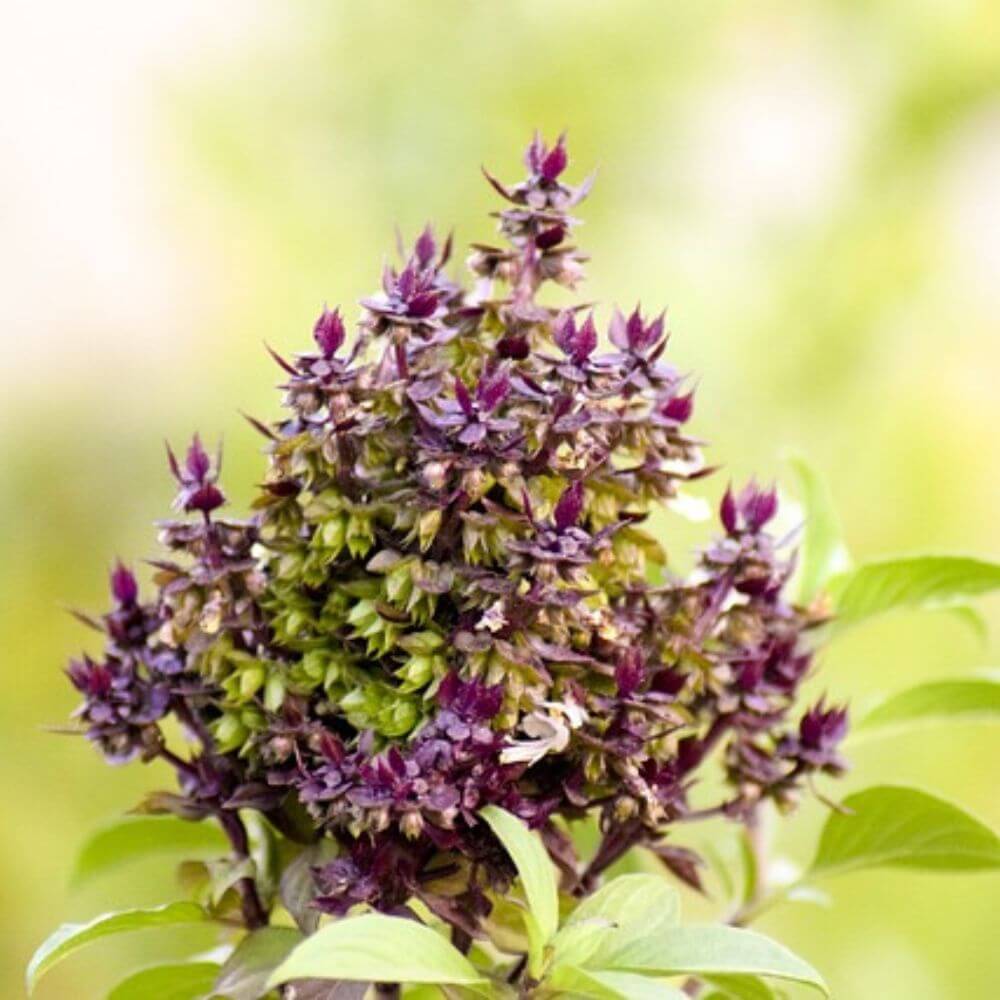
Holy Basil vs. Thai Basil: The Comparison
Now, let’s compare the two herbs and see how they stack up against each other.
Appearance
Holy Basil and Thai Basil look quite similar, but upon closer inspection, you will notice differences in their physical attributes. Holy Basil leaves are broader and smoother than Thai Basil, with a darker green color, and sometimes with a purplish hue. The leaves of Thai Basil, however, are more narrow and pointed with a lighter green color and often feature purple spots.
Holy Basil has green leaves that are slightly hairy and more rounded than Thai Basil's leaves. The stems of Holy Basil are also more purple than those of Thai Basil. Additionally, Holy Basil is often used in religious ceremonies in India, whereas Thai Basil is primarily used in cooking.
Aroma and Flavor
Holy Basil has a more robust and spicy aroma, while Thai Basil has a uniquely sweet and anise flavor. Holy Basil has a more peppery taste and a slightly bitter aftertaste. Thai Basil, on the other hand, has a sweeter and more floral taste, with hints of anise and licorice.
Their difference in flavor profile makes these two herbs suitable for different uses, culturally and in cooking. Holy Basil is used in curries and stir-fries, whereas Thai Basil is a prominent ingredient in South and Southeast Asian dishes like Tom Yum Soup, Pad Kee Mao, and Vermicelli Noodles.
Growing Environment
The two herbs prefer different growing environments. Holy Basil grows best in hot and tropical climates and requires relatively high humidity levels. It tolerates low-quality soil and will fight for its nutrients, making it well-adapted to grow in Indian soils. In contrast, Thai Basil can thrive in a broader range of climates, as it can tolerate both hot and cool temperatures. It prefers well-drained soils and adequate moisture.
Common Myths and Misconceptions About Holy Basil and Thai Basil.
You may have heard stories about holy basil and Thai basil being the same plant under a different name, but this is a common misconception. The two herb species belong to the same plant family, but they are genetically distinct species.
Thai Basil is commonly called “sweet basil” in the USA, which is not really the case. The “sweet basil” used in most Italian cuisine has a very different flavor profile!
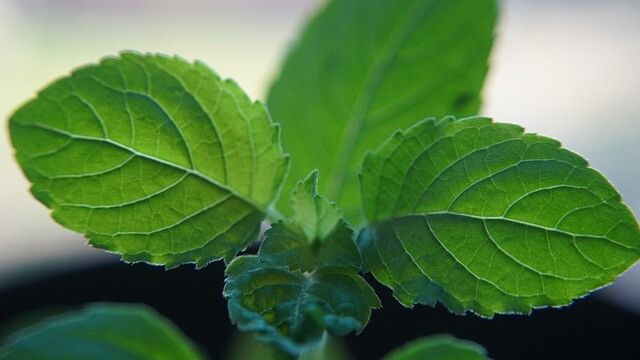
Similarities between Holy Basil and Thai Basil
Despite their differences, there are also similarities between Holy Basil and Thai Basil. For example, both herbs have been shown to have antimicrobial, antioxidant, and anti-inflammatory properties. They are also both used in traditional medicine to treat a variety of ailments, such as colds and respiratory infections.
Uses of Holy Basil and Thai Basil
Holy Basil is a versatile herb that is used in a variety of ways. It can be brewed into tea, taken as a supplement, or used in cooking. It is often used in Indian cuisine, particularly in curries and soups. It is also used in traditional medicine to treat a variety of ailments.
Thai Basil, on the other hand, is primarily used in Thai cuisine. It is used in soups, curries, stir-fries, and salads. It is also used as a garnish for dishes like pho and summer rolls. Its leaves are often torn or chopped before being added to dishes, which helps release its flavor and aroma.

Tips for Cooking with Holy Basil and Thai Basil
Now that we know the differences and similarities between these herbs, here are some tips for using them in your kitchen:
• Holy Basil: This herb is best paired with spicy and sour flavors. It’s commonly served with dishes like Thai Basil Chicken and Paneer Tikka Masala.
• Thai Basil: This herb complements light, sweet dishes like spring rolls and fish or chicken dishes. Try making Thai Basil Fried Rice or Tom Yum Soup with it.
Conclusion
So, to answer the question: Are Holy Basil and Thai Basil the same? The answer is no. While both plants belong to the basil family, they are genetically distinct species that differ in their physical attributes, aroma, and flavor profiles.
Whether you prefer Holy Basil or Thai Basil, these herbs have a lot to offer in terms of flavor and adding that special touch to your dishes. Try them both out and see which one tickles your taste buds the most!
In the end, choosing between Holy Basil and Thai Basil ultimately comes down to personal preferences and cooking style. Remember, these herbs are rich in health benefits and can be enjoyed for much more than just their flavor, so next time you're in the grocery store or farmers' market, consider giving both a try. Enjoy, and happy cooking!
You Might Also Enjoy Reading This!

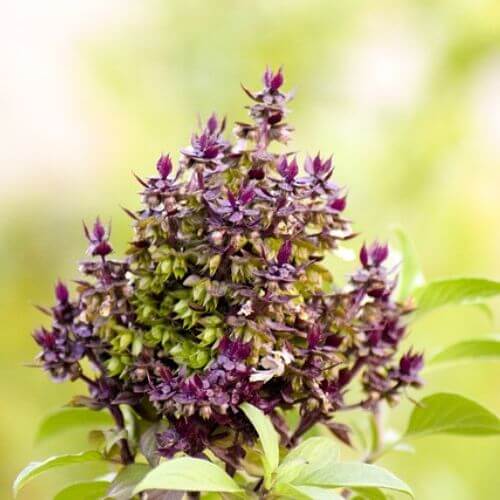
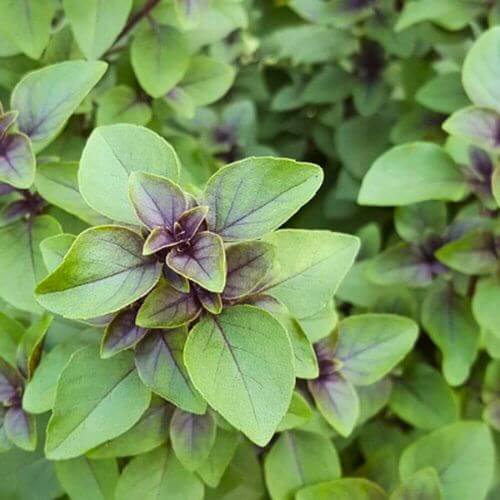
Disclaimer
Each of these products has been very carefully reviewed and selected by us at WellnessWishlist. All opinions in this article are our own, and we're proud to share them with you, however, all content is meant only to be informative and should not be taken as medical advice, nor used to diagnose, treat, and or prevent any health conditions. As Amazon associates, we may collect compensation from the affiliate links on this page, through qualifying purchases (that's how we stay in business). We truly hope you enjoy finding the next addition to your WellnessWishlist!


